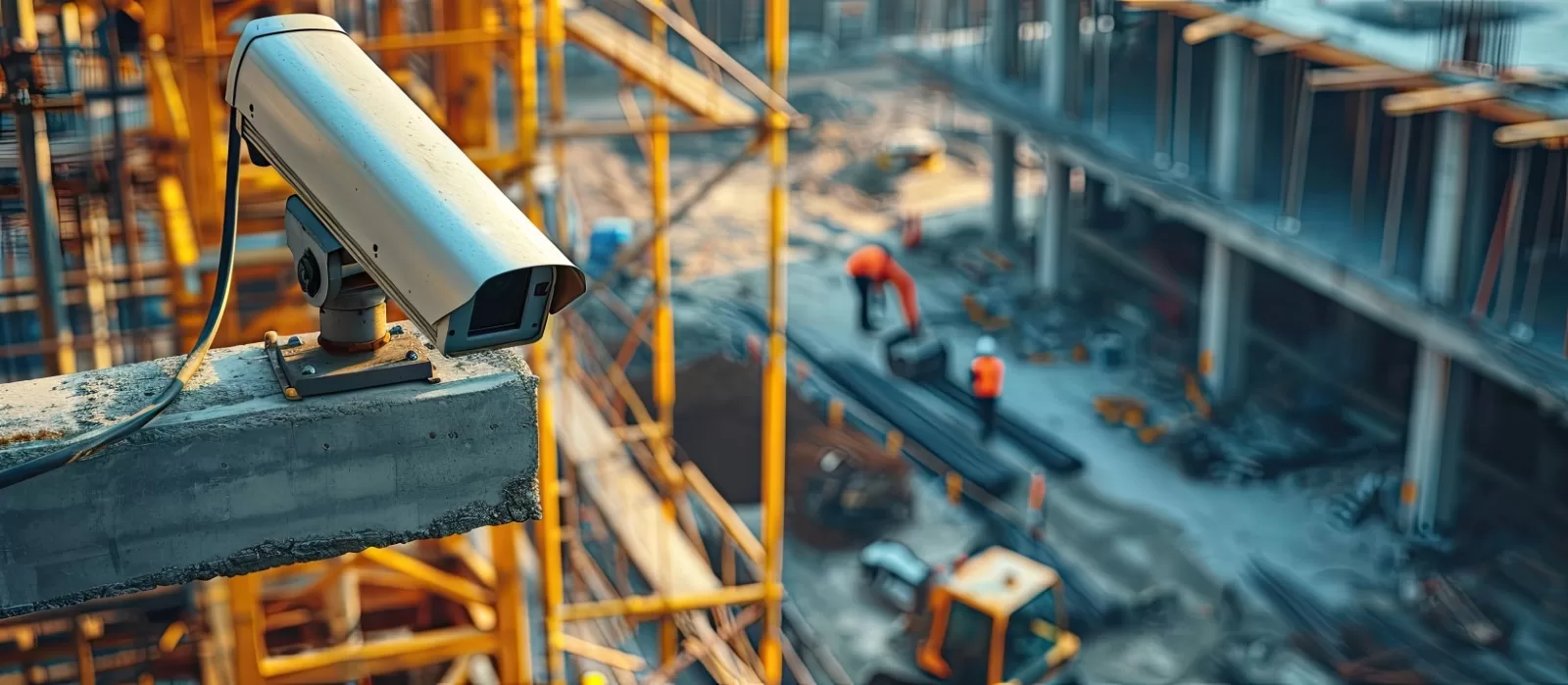Chemical manufacturing might seem like a behind-the-scenes industry, but in reality, it is one of the most important drivers of modern construction and infrastructure projects. From the materials used in skyscrapers and bridges to the protective coatings that extend a building’s life span, chemicals form the backbone of nearly every stage in the construction process.
As demand for stronger, more durable, and sustainable structures increases, the importance of chemical innovation in construction becomes even more critical. This article explores how chemical manufacturing shapes the building industry, the challenges it faces, and the trends that will define its future.
Chemicals as the Building Blocks of Modern Construction
In construction, chemicals aren’t just additives—they’re enablers of performance, safety, and sustainability. They are used to create, modify, and enhance building materials, ensuring they meet the high demands of modern engineering.
Some key areas where chemical manufacturing plays a vital role include:
- Concrete Admixtures
Advanced admixtures help control setting times, improve workability, and increase the strength of concrete. High-range water reducers, accelerators, and retarders allow contractors to adapt concrete performance to specific site conditions. - Protective Coatings and Sealants
Corrosion-resistant coatings extend the life of steel structures, while waterproofing chemicals protect foundations, tunnels, and roofs from moisture damage. - Insulation and Energy Efficiency
Polyurethane foam, reflective coatings, and other chemical-based materials improve building insulation, helping reduce energy consumption and meet green building standards. - High-Performance Flooring and Finishes
Epoxy resins and polymer-based floor systems provide abrasion resistance, chemical durability, and ease of maintenance in industrial and commercial facilities. - Sustainable and Low-Carbon Materials
Green chemistry is enabling the development of eco-friendly alternatives, such as low-VOC paints, bio-based polymers, and carbon-capture cement additives.
How Chemicals Improve Construction Outcomes
Chemical manufacturing doesn’t just supply raw materials—it transforms how buildings are designed, constructed, and maintained. Key benefits include:
- Increased Durability: Additives that resist cracking, weathering, and chemical attack prolong the lifespan of infrastructure.
- Faster Project Delivery: Accelerators and fast-curing products reduce downtime and allow projects to meet tight schedules.
- Improved Safety: Fire-retardant coatings and slip-resistant flooring enhance worker and occupant safety.
- Sustainability: Recyclable materials, energy-efficient coatings, and eco-friendly formulations help projects meet LEED and BREEAM standards.
Challenges Facing Chemical Use in Construction
Despite its benefits, the construction chemical sector faces several hurdles:
- Environmental Regulations: Stricter limits on emissions and hazardous substances require manufacturers to innovate rapidly.
- Supply Chain Pressures: Shortages of raw materials can delay production and raise costs for contractors.
- Energy Costs: Producing chemicals is energy-intensive, making the industry vulnerable to price volatility.
- Safety in Handling: Many construction chemicals require careful storage, handling, and worker training to prevent accidents.
The Future: Smarter, Greener, and More Resilient
The next decade will bring significant changes in how chemicals are developed and used in construction:
- Digitalization in Material Production
AI and IoT-enabled manufacturing will allow suppliers to create performance-specific chemicals faster and more efficiently. - Bio-Based Construction Chemicals
Plant-based binders, adhesives, and resins will reduce reliance on petroleum-based products. - Advanced Materials for Extreme Conditions
Nanotechnology will lead to self-healing concrete, ultra-strong composites, and coatings that adapt to weather conditions. - Circular Construction Materials
Chemical recycling will make it possible to recover and reuse building materials without losing performance.
Conclusion
From the strength of a bridge’s concrete to the finish on a hospital floor, chemical manufacturing is deeply embedded in the construction industry. As the demand for safer, greener, and longer-lasting structures grows, innovations in construction chemicals will shape the future of the built environment.
By embracing sustainable formulations, digital manufacturing, and advanced materials science, the construction sector can deliver infrastructure that is not only functional but also environmentally responsible—ensuring that every project built today can stand strong for decades to come.

